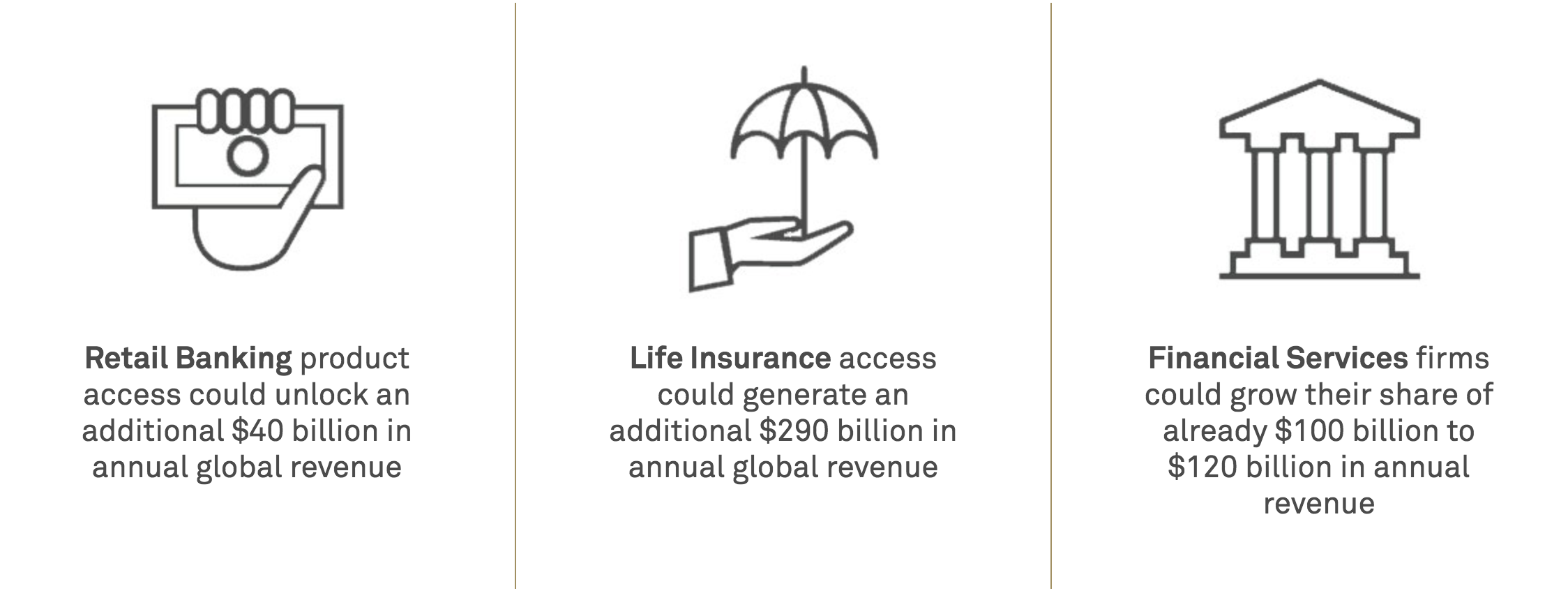Every year on March 8, women around the globe celebrate their fight for equal rights. But it’s also a day to call out inequalities that still persist to the detriment of not just women, but society as a whole – even in areas like access to banking.
According to a new report by the UN Foundation and Bank of New York Mellon Corporation, women have influence or control over only about 25 to 30 percent of the world’s wealth – assets worth more than $20 trillion.
The report finds that two-thirds of Americans without bank accounts are women. The statistics are even worse in the six regions in which the World Bank works. In those areas, only 14 percent of women on average had bank accounts in 2014. In the Middle East, just 9 percent of women had bank accounts.
The report acknowledges that societal and structural barriers – like employment and wage disparities, power dynamics within households and lack of financial literacy – are at the root of the problem. These are issues civil society and governments have grappled with for decades.
But the report also lists two other reasons why lack of financial inclusion disproportionately affects women, and both can be addressed by financial institutions and investors: First, there are fewer products that meet women’s needs. Second, the products that do exist often don’t reach women.
For example, the report cited recent surveys that found that 67 percent of women who have a financial advisor feel misunderstood or ignored by their advisors. So much so that 80 percent of them switch advisors after their husband’s death.
In developing economies, 70 percent of women-owned small and medium-sized enterprises are not served or are underserved by financial institutions. This roughly constitutes a $285 billion credit gap. Globally, the report estimates that women only have 77 percent of the access that men do to financial services.


Of course, solutions must be tailored to each market, taking geographical, cultural and political factors into account. But, for instance, if financial institutions just expanded their digital products and services – like mobile banking or payment – 880 million women around the world could have access to formal banking for the first time. That’s because digital solutions work around barriers like restrictions on women to physically leave their homes or, in some places, to interact with men who are not family.
“By taking a gender-lens approach, financial institutions and their investors are identifying the ways in which their decisions affect women and girls, as well as beginning to bring down the barriers such as through digital inclusion and full access to mobile technology,” Phumzile Mlambo-Ngcuka, executive director of UN Women and under-secretary-general of the UN, wrote.
And this is important not only because women should have equal access to formal banking, but because it’s good for everyone – including financial service providers.
The report estimates that if service providers increased women’s access to retail banking, they could increase annual global revenue by $40 billion. If they did the same with life insurance, they could generate an additional $290 billion.
On the social front, though, studies have shown that women invest 90 percent of their income in the health, education and wellbeing of their families, compared with 35 percent for men. Therefore, financial inclusion of women has the power to propel the global community toward achieving several of the Sustainable Development Goals it signed onto in 2015, including no poverty (Goal 1), zero hunger (Goal 2), good health and wellbeing (Goal 3), quality education (Goal 4), decent work and economic growth (Goal 8) and, of course, gender equality (Goal 5).
“To make this world a reality, the UN is counting on the financial sector to play a transformative role,” Mlambo-Ngcuka said. “With the actions recommended in this report, in combination with ongoing women’s empowerment efforts in the private and public spheres, this jump to inclusion is perhaps not as hard as it seems.”
